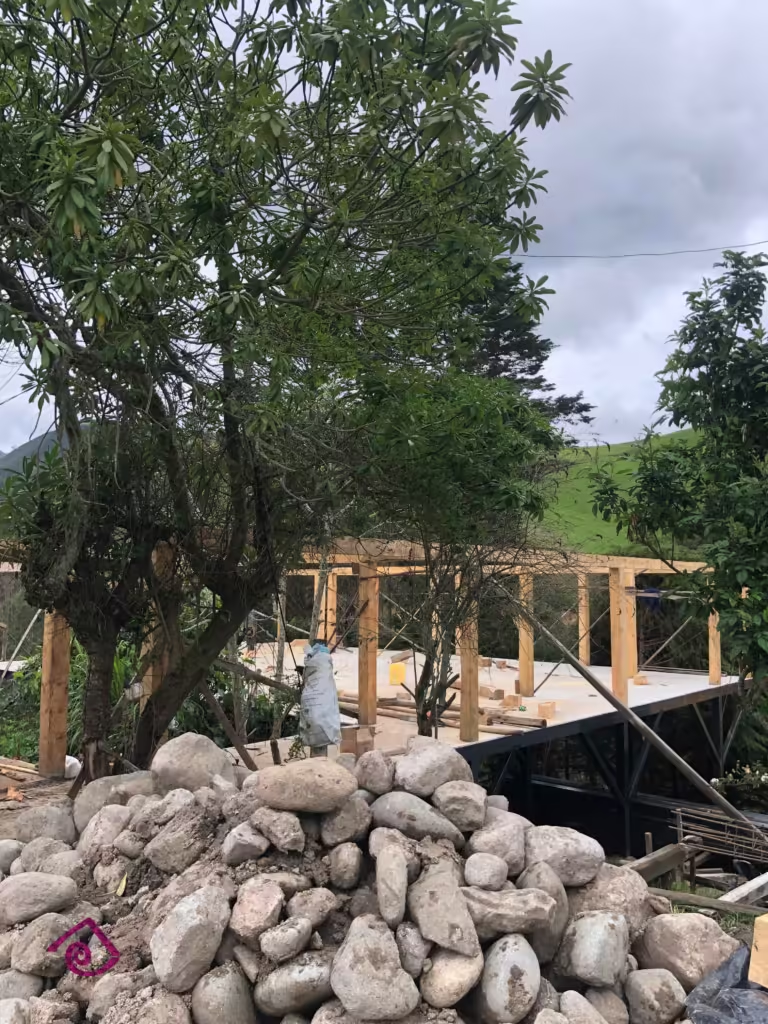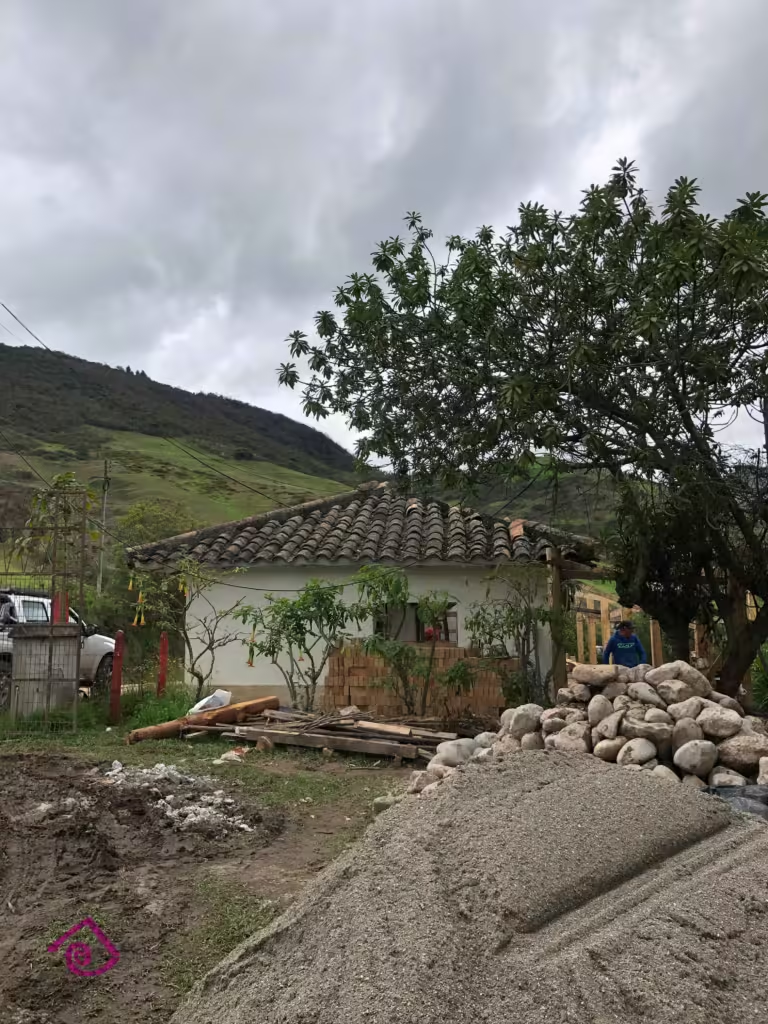Granulometry, the science of measuring and analyzing the size distribution of particles in a material, plays a pivotal role in construction. It determines the performance, durability, and suitability of stones and aggregates used in building projects. Whether you’re working on concrete, road construction, or drainage systems, understanding granulometry ensures optimal material selection and project success.
The granulometry of stones directly influences properties like strength, compaction, and permeability. For instance, poorly graded aggregates can lead to weak concrete or inefficient drainage. By mastering granulometry, engineers and architects can enhance the quality and longevity of their structures.


Granulometric Classification of Stones
Granulometry classifies stones based on their grain size, which is typically divided into three categories:
1. Fine Aggregates
- Size Range: Less than 4.75 mm (e.g., sand).
- Applications: Used in mortar, plaster, and fine concrete mixes. Fine aggregates fill voids, improving workability and finish.
2. Medium Aggregates
- Size Range: 4.75 mm to 20 mm.
- Applications: Ideal for general-purpose concrete, foundations, and structural elements.
3. Coarse Aggregates
- Size Range: Greater than 20 mm.
- Applications: Suitable for heavy-duty construction like roads, bridges, and large-scale concrete structures.
Standard Classifications
Organizations like ASTM (American Society for Testing and Materials) and AASHTO (American Association of State Highway and Transportation Officials) provide guidelines for granulometric classification. For example:
- ASTM C33: Specifies the size and grading of concrete aggregates.
- AASHTO M 43: Standardizes stone sizes for road construction.

Granulometry Analysis Methods
Accurate granulometry analysis ensures the right stone size for specific applications. Here are the most common methods:
1. Sieve Analysis
- Process: Aggregates are passed through a series of sieves with progressively smaller mesh sizes.
- Use: Determines the particle size distribution of coarse and fine aggregates.
2. Sedimentation Tests
- Process: Measures the settling rate of particles in a liquid to determine their size.
- Use: Ideal for fine-grained materials like silt and clay.
3. Laser Granulometry
- Process: Uses laser diffraction to measure particle sizes in a sample.
- Use: Provides highly accurate results for both fine and coarse aggregates.

Impact of Granulometry on Construction Projects
Proper granulometry selection is critical for achieving desired outcomes in construction. Here’s how it affects key aspects:
1. Concrete Strength
- Well-graded aggregates with a balanced mix of fine and coarse particles enhance concrete strength by reducing voids.
2. Drainage Efficiency
- Uniformly graded stones improve permeability, making them ideal for drainage systems.
3. Compaction
- Properly graded materials compact better, reducing the risk of settling and increasing stability.
4. Durability
- Optimal granulometry minimizes wear and tear, extending the lifespan of structures.

Regulations and Industry Standards
Adhering to industry standards ensures quality and compliance. Key standards include:
- ASTM C33: Specifies aggregate sizes for concrete.
- AASHTO M 43: Standardizes stone sizes for road construction.
- ISO 565: Provides guidelines for test sieves and granulometry analysis.
These standards help engineers select the right materials and ensure consistency across projects.
Granulometry in Sustainable Construction
Sustainability is a growing concern in construction. Granulometry plays a role in:
1. Recycled Aggregates
- Using crushed concrete or reclaimed stones reduces waste and conserves natural resources.
2. Eco-Friendly Materials
- Optimizing granulometry minimizes material usage, lowering the carbon footprint.
3. Environmental Impact
- Properly graded aggregates reduce runoff and improve drainage, benefiting the surrounding ecosystem.

Conclusion & Recommendations
Granulometry is a cornerstone of construction material science. By understanding and applying granulometric principles, professionals can enhance the performance, durability, and sustainability of their projects.
Best Practices:
- Conduct Thorough Granulometry Analysis: Use sieve analysis or laser granulometry to determine the optimal stone size.
- Follow Industry Standards: Adhere to ASTM, AASHTO, and ISO guidelines for material selection.
- Optimize for Sustainability: Incorporate recycled aggregates and eco-friendly practices.
By prioritizing proper granulometry, you can ensure the success of your construction projects while contributing to a more sustainable future.
